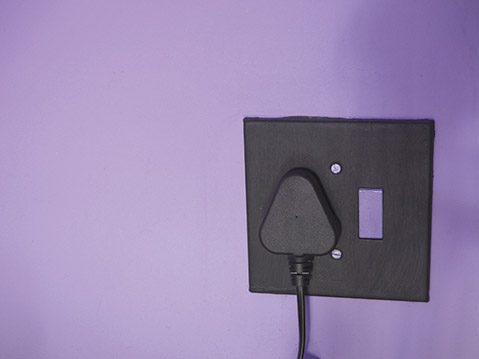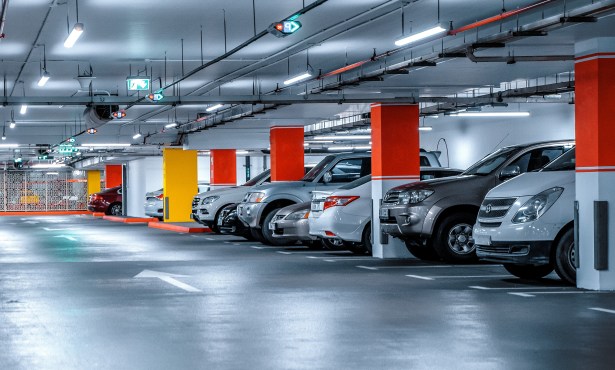Green Your Crib: New Efficiency Standards for Electronic Chargers

In 2004, California established the first energy-efficiency standards in the country for external power supplies. This phrase, or the less elegant term “wall warts,” refers to the little boxes that connect many of our electronics — smartphones, laptop computers, electric toothbrushes — to wall outlets. These power adapters may be small, but collectively they consume a lot of energy.
Following California’s example, national external-power-supply energy-efficiency standards were established in 2008. This past February, eight years later, updated federal standards took effect, strengthening efficiency requirements and extending them to new types of power adapters not previously covered so that now the vast majority of these devices use the best technology to minimize energy wastage.
While these updated standards drew little public notice, they will cut nearly everyone’s electric bill and reduce harmful pollution. With 5-10 wall warts in the average U.S. home, the new standards are projected to save consumers $300 million a year in electricity costs and decrease the carbon pollution that fuels climate change. An example of small changes producing big results, the new standards are an important step to achieving President Barack Obama’s goal of reducing carbon emissions. The U.S. Department of Energy (DOE) projects that they alone will cut nearly 47 million metric tons of carbon dioxide during 30 years, equivalent to the annual electricity used in 6.5 million homes, or the carbon emitted by 10 million cars.
While adapters consume a modest amount of energy individually, the power draw adds up, given that there are a billion in use in the United States. Many of these wall warts, when plugged in, draw power even if disconnected from a device such as a phone or connected to a fully charged device.
A good counter to these boxes that consume power with no load is to replace them with flip switch boxes or, even better, with timer switch chargers set for 30 minutes or three hours. (Belkin is one reliable brand.) Although wall warts are only a part of the electronics used in a home, 75 percent of electricity used to power home electronics, according to the DOE, is consumed while appliances are turned off.
The DOE is planning to create standards for battery chargers, 500 million of which are sold annually in the U.S. Making both external power supplies and battery chargers more efficient can lead to substantial savings on utility bills and significant health and environmental benefits, not only because of the huge volume sold annually but also because the number is sure to grow, given the proliferation of electronic devices in our lives. Another challenge looming, however, is the recent appearance of the wireless charger — a big power draw that is still unregulated.



